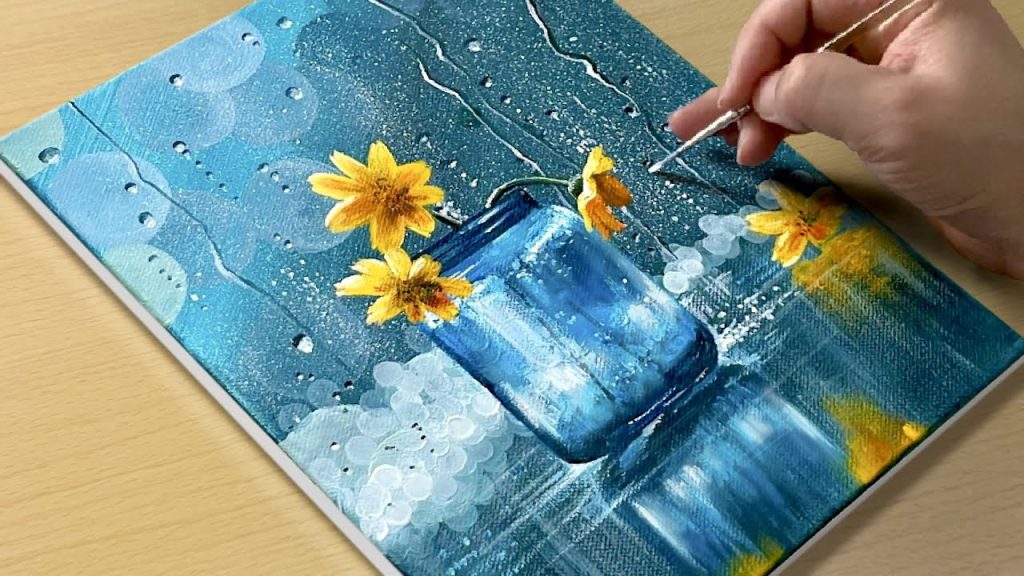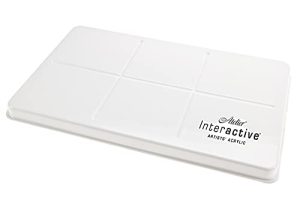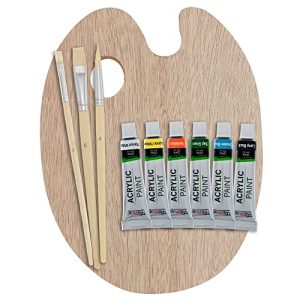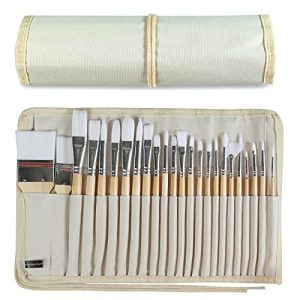Welcome to the world of acrylic painting! This guide is perfect for beginners. We’ll cover everything you need to start your acrylic painting journey.
Why Choose Acrylic Paint?
Acrylic paint is great for beginners. It is easy to use and dries quickly. This makes it less messy and more convenient.
Benefits Of Acrylic Paint
- Dries fast
- Easy to clean
- Versatile
- Affordable

Credit: www.paintingtogogh.com
Essential Supplies
You need some basic supplies to start acrylic painting. Here is a list of what you need:
1. Acrylic Paints
You will need some acrylic paints. You can buy them in sets or as individual tubes. Start with basic colors like red, blue, yellow, black, and white.
2. Paintbrushes
Get a variety of paintbrushes. Different brushes create different effects. Start with a flat brush, a round brush, and a detail brush.
3. Canvas Or Paper
You need something to paint on. Canvases are great but can be expensive. Heavyweight paper is a cheaper option.
4. Palette
A palette is where you mix your paints. You can use a plastic palette or even a paper plate.
5. Water And Cloth
Keep a cup of water nearby. Use it to rinse your brushes. Also, have a cloth to wipe your brushes dry.
6. Easel (optional)
An easel holds your canvas while you paint. It’s helpful but not necessary.
Basic Techniques
Now that you have your supplies, let’s learn some basic techniques.
1. Mixing Colors
Mixing colors is important in acrylic painting. Use your palette to mix colors. Start with primary colors and mix them to create new shades.
2. Brush Strokes
Different brush strokes create different effects. Practice making long, short, thick, and thin strokes. Use different brushes to see how they affect your painting.
3. Layering
Acrylic paint dries quickly. This makes it easy to layer colors. Start with the darkest colors and layer lighter colors on top.
4. Blending
Blending colors can be tricky. Work quickly before the paint dries. Use a damp brush to blend colors smoothly.
Tips for Beginners
Here are some tips to help you get started with acrylic painting.
1. Start Simple
Don’t start with complex projects. Begin with simple shapes and basic colors. This will help you get comfortable with the paint.
2. Practice Regularly
Practice makes perfect. Try to paint regularly, even if it’s just for a few minutes each day.
3. Experiment
Don’t be afraid to try new things. Experiment with different techniques and colors. This will help you learn and grow as an artist.
4. Learn From Others
Watch tutorials and read books about acrylic painting. Learn from other artists. This can give you new ideas and inspiration.
5. Have Fun
Most importantly, have fun! Enjoy the process of creating art. Don’t worry about making mistakes.

Credit: www.youtube.com
Common Mistakes to Avoid
Here are some common mistakes beginners make and how to avoid them.
1. Using Too Much Water
Acrylic paint is water-based, but using too much water can make it runny. Use just enough water to thin the paint without making it too watery.
2. Not Cleaning Brushes
Always clean your brushes after use. Dried paint can ruin them. Rinse your brushes in water and wipe them with a cloth.
3. Painting On Thin Paper
Thin paper can warp when wet. Use heavyweight paper or canvas for best results.
4. Not Letting Layers Dry
Let each layer of paint dry before adding another. This prevents colors from mixing and becoming muddy.
Frequently Asked Questions
What Supplies Do Beginners Need For Acrylic Painting?
Beginners need acrylic paints, brushes, canvas, palette, water cup, and a rag or paper towel.
How To Choose Acrylic Paint Colors?
Start with primary colors, white, and black. Mix to create a wide range of hues.
How To Prepare A Canvas For Acrylic Painting?
Prime the canvas with gesso. Let it dry completely before starting to paint.
Can Acrylic Paint Be Used On Paper?
Yes, use thick, acid-free watercolor or acrylic paper for best results.
Conclusion
Acrylic painting is a fun and rewarding hobby. With the right supplies and techniques, you can create beautiful art. Remember to practice, experiment, and most importantly, have fun!
We hope this guide helps you start your acrylic painting journey. Happy painting!




